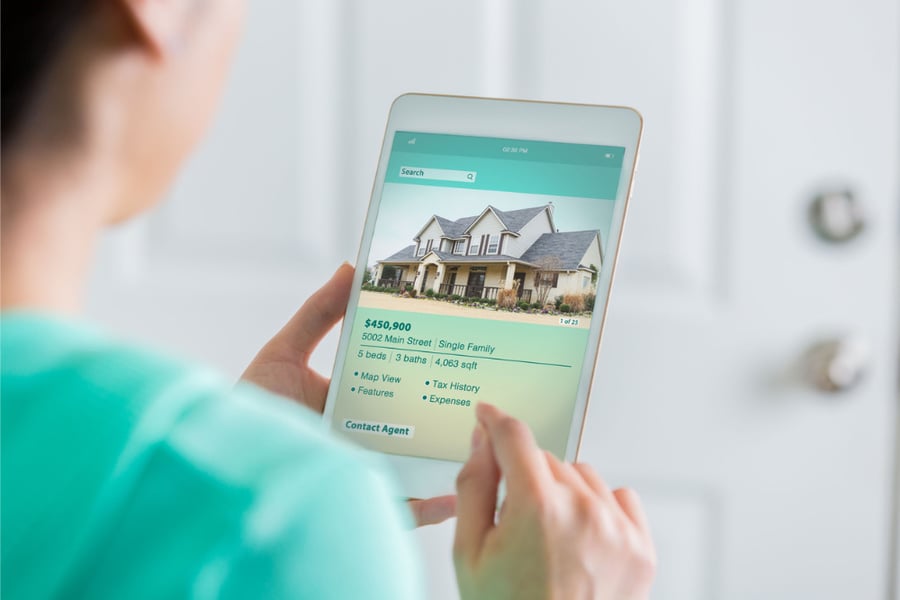MBA and BEA figures illustrate duelling superpowers: COVID-19 and the US housing market

A pair of new figures released Wednesday speak to both the colossal disruptive power the COVID-19 pandemic has had over the U.S. economy and the strong demand fuelling the country’s housing market. While the numbers indicate two of the most disparate trends imaginable, they reinforce one of the most common narratives being projected for the remainder of the COVID-19 crisis: that GDP will get hammered in the short-term, but the effects on the housing market will be minimal.
In its advance estimate of first quarter GDP, the Bureau of Economic Analysis found that U.S. GDP fell 4.8% compared to the fourth quarter of 2019.
The BEA concedes in its report that the full economic effects of the COVID-19 pandemic “cannot be quantified in the GDP estimate for the first quarter of 2020 because the impacts are generally embedded in source data and cannot be separately identified” and adds that a second estimate bolstered by more complete data will be released on May 28.
Any additional information will likely tell the same story with a few modified adjectives: Stay-at-home orders decimated demand for most products and widespread unemployment forced millions to restrict their spending. A decrease in personal consumption expenditures accounted for a $253.5 billion decrease in personal outlays in Q1. That number increased by over $118 billion in Q4 2019.
In a statement following the report’s release, Mortgage Bankers Association chief economist Mike Fratantoni said the 4.8% drop in GDP and 7.6% decrease in consumer spending are both “in line with the rapid deterioration in the job market caused by COVID-19.”
One key data point caught Frantoni’s eye.
“Surprisingly, this estimate includes an increase in residential investment, which does not line up with the strong decline in home sales and construction at the end of the quarter,” he wrote. Sure enough, there is a 21% increase in residential investment penciled in for Q1.
That figure is sure to have been inflated by a rollicking opening to the year, with buyers flocking to the housing market in January and February. It’s fair to assume that had the COVID-19 economic crisis not come out of nowhere carrying needles for everyone’s balloons, that momentum would have carried on into Q2 and beyond.
Frantatoni’s own organization released its own data on Wednesday that speaks to that very point. In its Weekly Mortgage Applications Survey for the period ending April 24, the MBA found that while mortgage applications decreased 3.3% from the week earlier, purchase applications increased 12 percent over the same period, its best performance in weeks.
Joel Kan, MBA's associate vice president of economic and industry forecasting, attributed the rise to historically low mortgage rates (the 30-year fixed rate fell to 3.43% during the survey period) and the easing of coronavirus lockdowns in various parts of the country.
“The ten largest states had increases in purchase activity, which is potentially a sign of the start of an upturn in the pandemic-delayed spring homebuying season,” Kan said.



